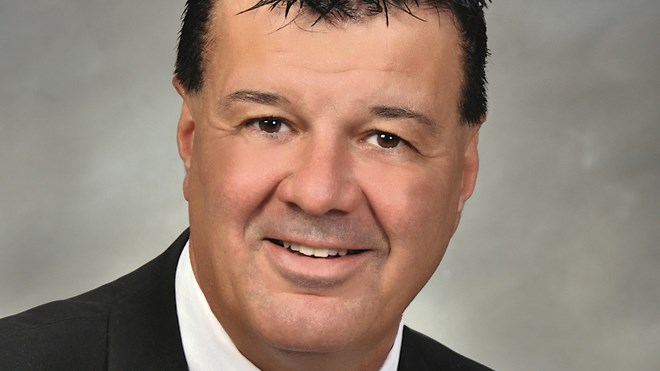The research paper Ward 2 Coun. Michael Vagnini cites as the reason he's opposed to a chromite smelter for Coniston actually concludes that a smelter can operate safely.
Published in July 2017 and entitled, “Review of Cr(VI) environmental practices in the chromite mining and smelting industry — Relevance to development of the Ring of Fire,” is a peer-reviewed study in which seven academics provide recommendations on how to proceed with a smelter, should the chromite discovery in northwestern Ontario be developed.
The study looked at the experience in Tornio, Finland, where a chromite smelter has operated for decades. A delegation from Sudbury visited the Outukumpu smelter in January, as the city prepared its entry to host the smelter. Noront Resources has said Sudbury, Timmins, Thunder Bay and Sault Ste. Marie are potential sites.
“Overall it can be stated that it is possible to produce [ferrochrome] without causing Cr(VI) (hexavalent chromium) occupational and community health issues, as well as environmental pollution,” the study concludes. “For instance, Huvinen and Pukkala (2013, 2016) conducted a cohort study of personnel employed by the Finnish FeCr and stainless steel industries during the period 1967-2004 and found that these workers did not have an increased mortality or cancer risk, when compared with the general population. Also, no significant [hexavalent chromium] environmental pollution have been reported for the Finnish chromite mining and smelting industries.”
It's the production of hexavalent chromium that is the main concern when it comes to chromite smelter, because it's known to cause cancer. The study says the chemical can largely be avoided during the process, but some will be produced that must be handled through a lined tailings pond.
“Since [hexavalent chromium] formation cannot be totally eliminated, some [hexavalent chromium] containing waste will be generated,” the study says. “Therefore, optimum waste treatment (e.g. chemical reduction to effect Cr(VI) reduction), reuse (e.g. slag that has been treated or verified as safe for use) and hazardous waste storage (e.g. slimes dams containing treated bag filter dust and/or scrubber sludge) should be applied.”
In an interview Tuesday, Vagnini acknowledged they can operate a smelter safely in Finland, but argued the conditions in the proposed Coniston site are very different.
"I would love to have the smelter here,” he said. “But my biggest point is not whether or not we have a smelter in town. My point is we're comparing it to Finland and the whole demographics, geographics — everything surrounding what's going on in Finland is completely different than here in Coniston."
Vagnini said the Tornio smelter is surrounded by seawater, with no humans living in a 10-kilometre radius of the plant.
"When the chromium goes into that seawater, it gets lost, it dissipates," he said. "The seawater acts as basically a filter for cleaning that. We don't have that around Coniston.
"So we're not talking apples to apples when we're talking about Finland. We're talking apples to hamburger."
In addition to the seawater, he said Tornio has a maritime climate with lots of rain and fog to absorb any chemicals in the air.
"Here, we don't have the same type of weather," Vagnini said. "Any elements or particles that go up into the atmosphere, here in Coniston it can go up in the atmosphere ... And in Finland, they have a 10-kilometre circle before they have humans exposed."
The study, however, concluded that, as far as the researchers could determine, "[Hexavalent chromium] has not been reported in surface and/or ground-waters in Finland as a result of natural occurrence/formation, or chromite mining.”
But Vagnini said the results are bound to be different in Tornio than a landlocked area such as Coniston, where the weather is drier and thousands of people live.
